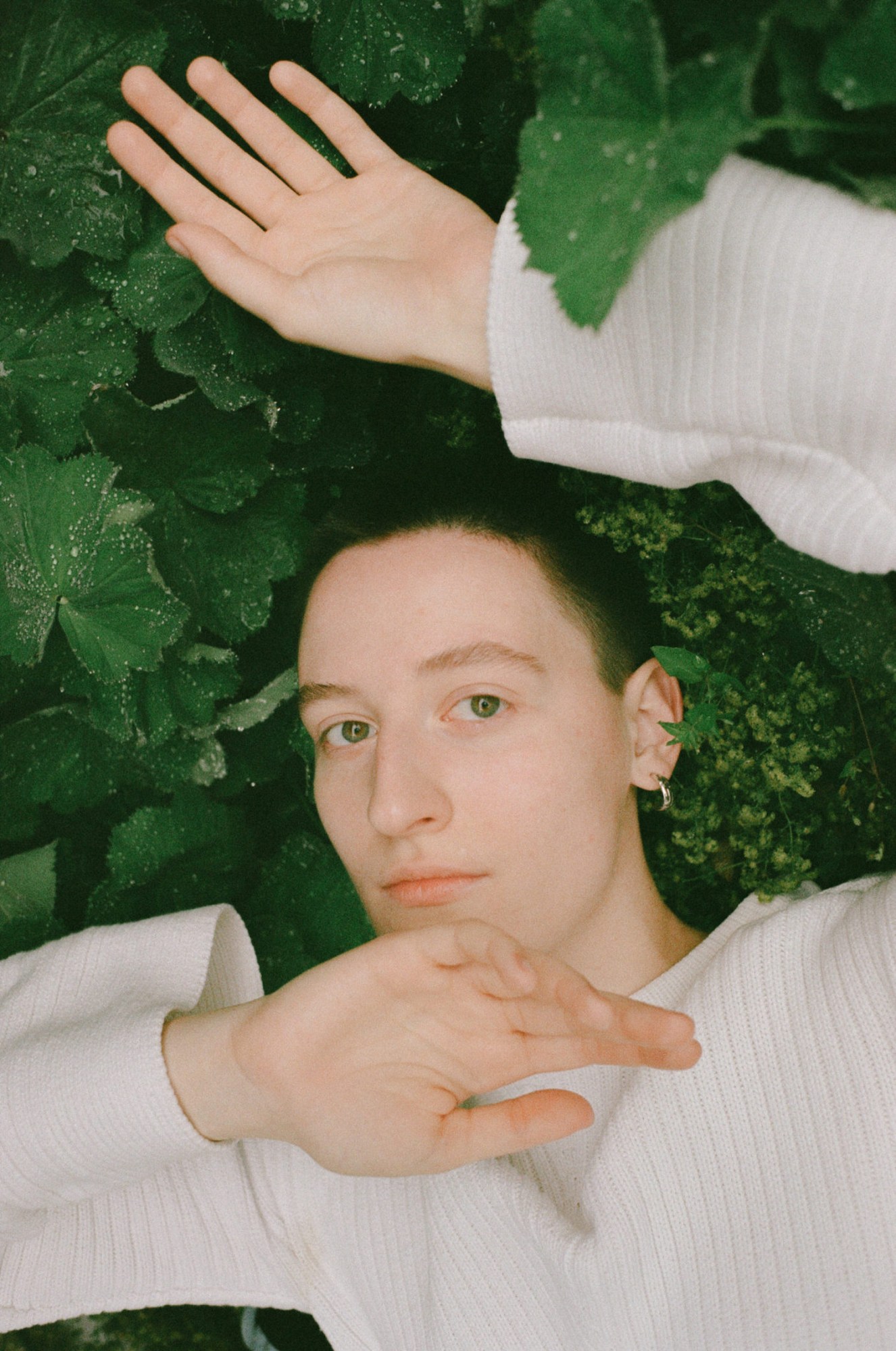When it comes to Russia’s queer state of affairs, the headlines that hit the news often make for dispiriting reading. Tales of violent oppression against LGBTQI+ individuals at the hands of individual moral crusaders, as well as of the state, crop up on a worryingly regular basis, with few happy endings heard. But the overwhelmingly pessimistic vision of queer Russian existence we’re left with fails to take into account the capabilities, achievements, and lived experiences of the members of the country’s queer communities.
More than just victims, Russia’s queer folk exhibit the same wit and capacity for creative expression as any other LGBTQI+ community elsewhere. Yet, while these creative scenes may be flourishing, spurred on by the internet’s democratising force, further barriers — from the language they speak to the platforms typically used to distribute work — are often encountered when Russian queer creatives seek to participate in wider global dialogues.
In an attempt to help connect them to audiences beyond their own, London-based writer and curator Anastasiia Fedorova founded @russian.queer.revolution. Providing a platform to artists, musicians, fashion designers and activists, the Instagram account showcases creatives challenging their immediate social contexts through “beauty, art, drag, raves, guerilla sex education and digital communities,” as a recent post states. To learn more, we caught up with Anastasiia about the project and the particular challenges facing young queer Russian creatives.
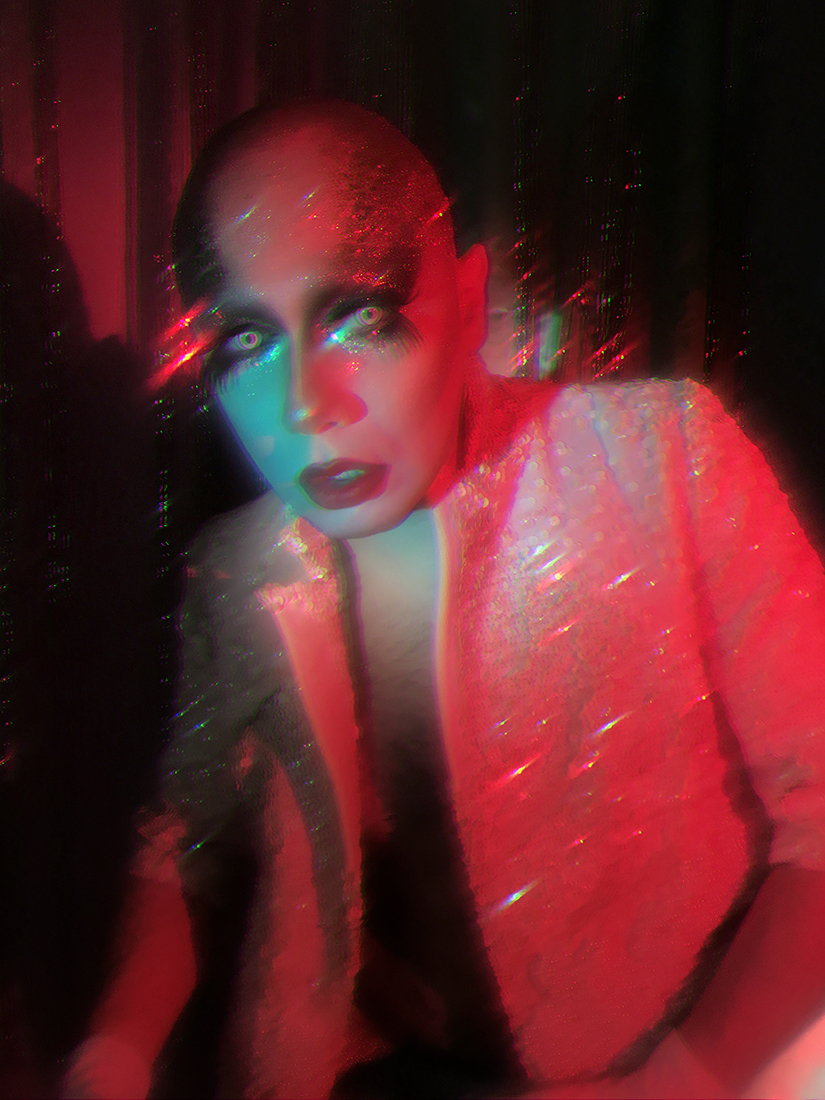
What was the initial idea behind the project?
I’d been doing quite a lot of work with young Russian artists, with quite a few queer ones among them. I moved to London about eight years, so working with Russian creatives has been my way of keeping track of what’s going on. I started noticing a new wave of queer culture, which has been getting incrementally stronger over the last couple of years. While there’s a strong community, supported by self-funded platforms like O-zine, work from Russia’s queer community is still really under-represented outside of the country. I thought it would be great to group all of these creative initiatives in one place and help them gain more global traction.
How did you go about developing the project? What goals did you have in mind when thinking about what you wanted it to achieve?
One of the best things about the internet is that queer people can learn about each other’s experiences, no matter where they are. The most interesting conversations that I have about queerness are with people from very different backgrounds to mine — not only do they help you understand others’ experiences, but they also allow you consider your own from fresh perspectives. One of my main goals is simply to connect Russian queer creatives to a wider global context.
I want to hear what it’s actually like to be an 18-year-old gay, lesbian or trans creative in Russia, for example. I want to put as many voices as possible out, so that we might have a better idea of what Russian queer experience really is. It’s practically non-existent in global culture otherwise.
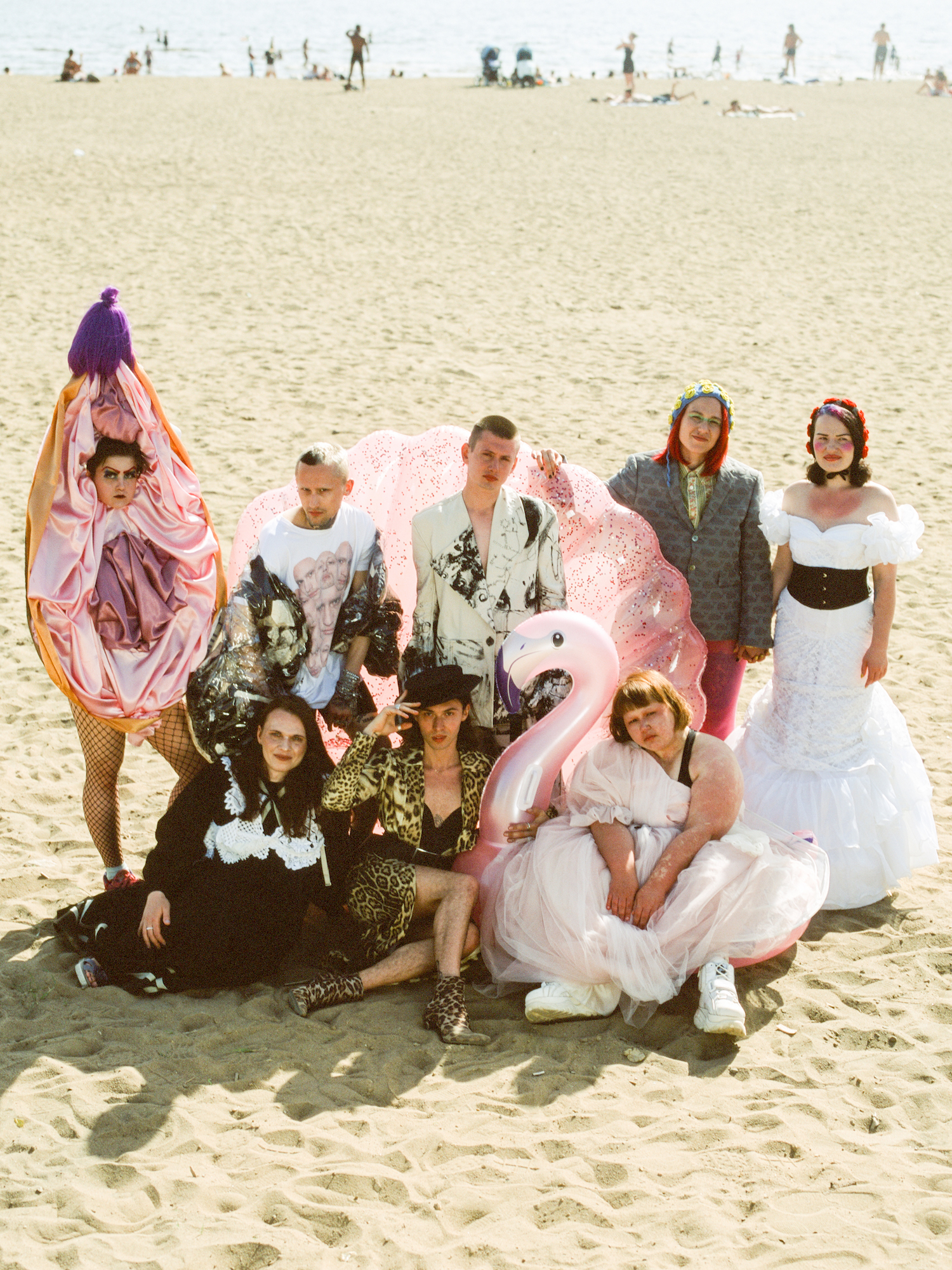
Are there any particularly prominent narratives or themes in the work of the artists you’ve come across?
Digital expression and Instagram are extremely popular. A lot of younger queer people can’t freely express themselves in public, or even at home, so digital DIY platforms have become a big thing.
In a few projects that are aimed towards foreign audiences, there’s also an interest in looking at Russian identity in a playful light. Russia and queer culture are generally thought to be polar opposites. But, even though Russia has a history of LGBTQ+ oppression, it also has a history of queer culture which isn’t necessarily perceived as queer, and young people have started to address that. My friend Roman Gunt did a shoot with couples kissing outside of Saint Petersburg’s postcard sights, and my other friends did a shoot where they used style tropes that people abroad see as stereotypically Russian. It’s partly the reason why I called the account ‘Russian Queer Revolution’, as, for the international media, anything that happens in Russia is a ‘revolution’. Rather than reject these stereotypes, we can use them to show that Russia and queerness aren’t mutually exclusive.
What are the primary obstacles for Russian queer artists getting their work out there?
The infrastructure for cultural industries in Russia isn’t very developed, so many younger people don’t know how to do things like apply for a grant. And a lot of interesting projects there exist on [encrypted messaging app] Telegram and are in Russian.
Above all, though, you have to have a lot of courage to put your face and name to queer work. I’m always l fascinated and filled with admiration to see people who do, especially if they’re based outside of Moscow and Saint Petersburg.
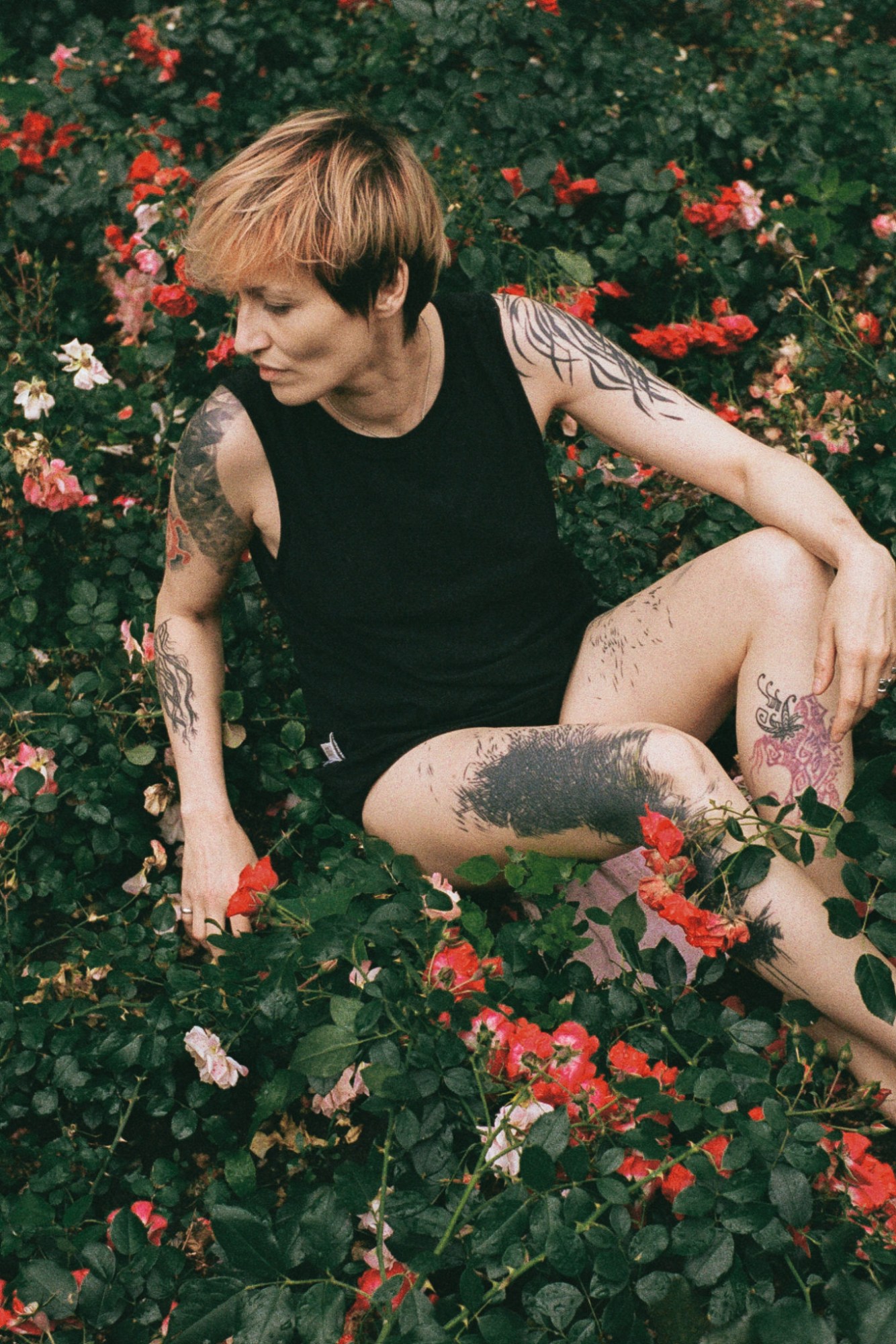
How have queer artists had to navigate the notorious ‘gay propaganda law’? And how have those pressures shaped the scene and the work being created?
It’s a very interesting one. From what I know, it’s a real underground. Mainstream Russian culture is so far from what these artists are doing. Even though their work is so contemporary, it would never, say, end up on Russian TV or on the radio.
But running parallel to that is this new wave of queer culture, with big queer raves, magazines, Telegram channels — there was even a queer biennial that took place in Saint Petersburg a few months ago. If it’s small or obscure enough, it can kind of pass unnoticed, but you still live in constant fear of violence, and of being shut down. The threat of being persecuted for what you did is very real.
There was an incident recently with Yulia Tsvetkova, an illustrator, feminist and queer activist. She was running a Telegram channel with illustrations about female sexual representation and culture, and now she’s under house arrest, charged with spreading pornography. So it’s all fine until it isn’t, a crackdown could happen at any moment.
That’s why I want to invest as much time and energy into getting this work seen beyond Russia as I can: being able to freely run this project from London is such a privilege, and it’s so important that it reaches as wide an audience as possible.
Are there any particular artists or platforms to look out for?
I’d say O-zine, Drag Zina, a zine about the new generation of Russian drag, and Sasha Kazantseva, who runs “Washed My Hands”, a Telegram channel on lesbian and queer sexuality. She has like 25,000 subscribers!
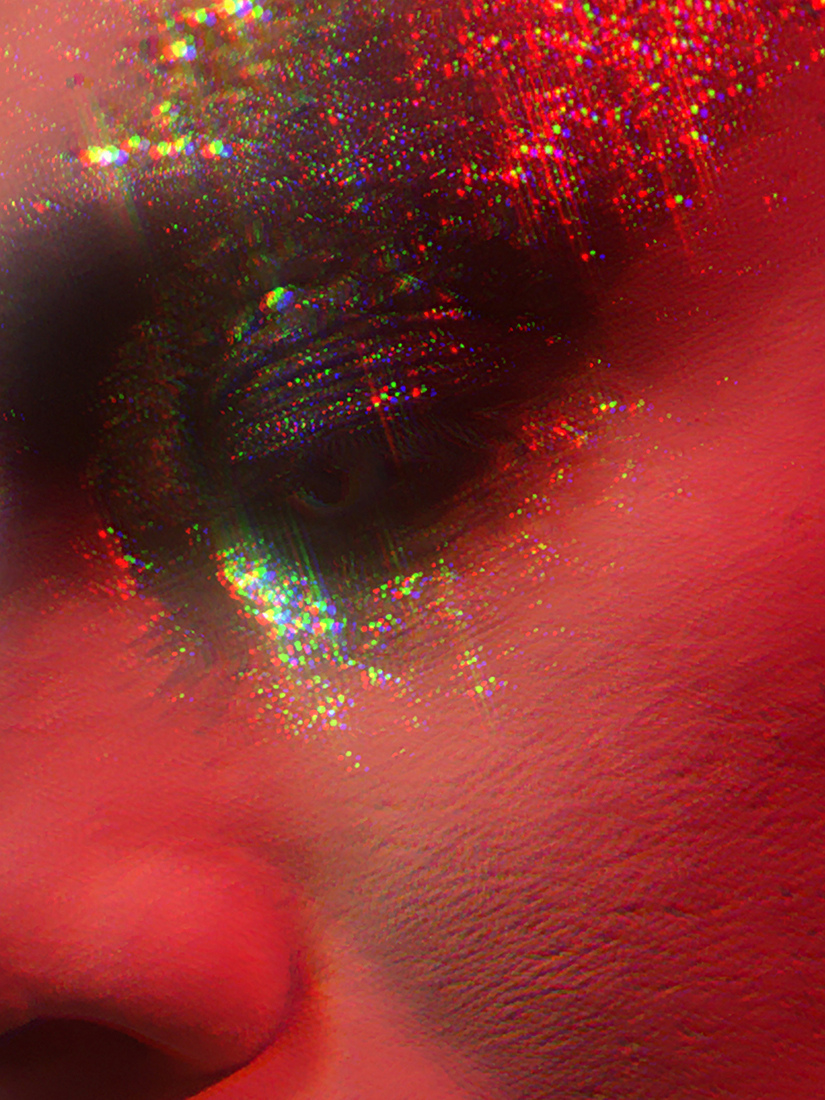
Credits
Photography Artem Emelyanov for O-zine
